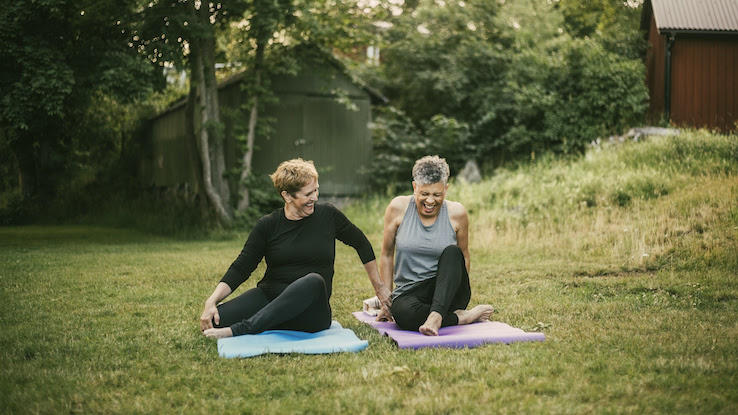
Want to get — and stay — more flexible? One of the best things you can do is stretch your body’s muscles regularly. Stretching isn’t just for warmups and workouts. You can do it anytime and anywhere, whether you’re at home, at work or even on vacation. The flexibility you’ll gain from stretching can also help you perform better while you’re playing sports or exercising.
Even better? Having stretched, flexible muscles can help prevent injuries. Try these 10 basic stretches to get started.
Neck Stretch

Safely stretch your neck by following these steps:
- Stand with your feet shoulder-width apart.
- Bend your head slightly forward, placing your right hand on top of your head.
- Gently pull your head downward and to the right. You’ll feel the stretch on the left side of the back of your neck.
- Hold the stretch for about 30 seconds.
- Switch hands and repeat these steps to stretch the right side of the back of your neck.
Shoulder Stretch
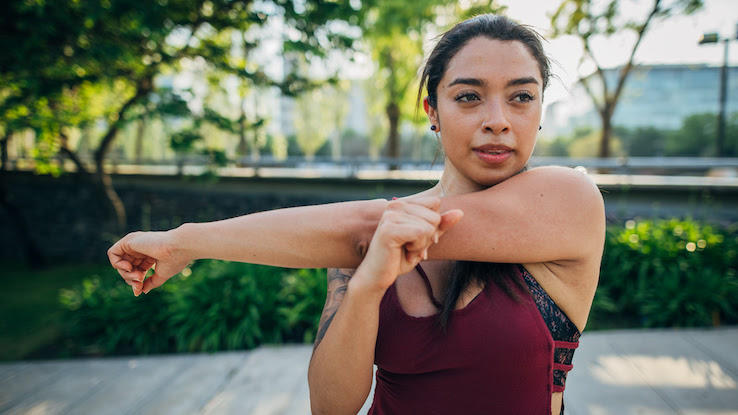
To stretch your shoulders, try the following technique:
- Stand with your feet shoulder-width apart.
- Extend your right arm straight across your chest to the left. Hold it in place with your left arm near your right elbow.
- Hold the stretch for about 30 seconds.
- Switch arms and repeat the steps above.
Triceps Stretch
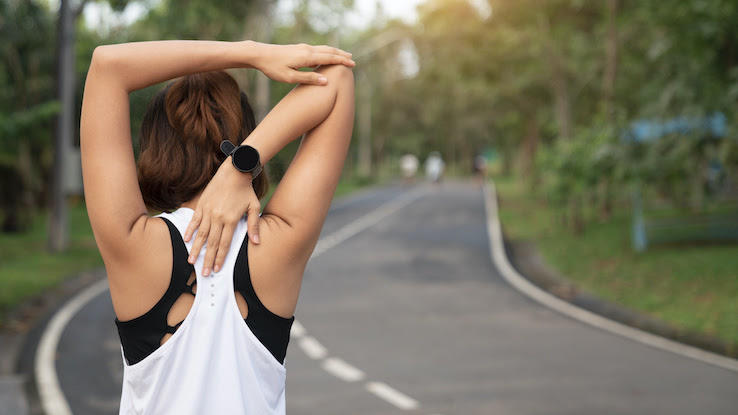
Your triceps muscles are located along the back of your upper arms. To stretch these muscles:
- Stand with your feet shoulder-width apart.
- Reach your right arm into the air. Bend it at the elbow. Your right hand should be touching the center of your upper back.
- Place your left hand on your right elbow to hold your right arm in place.
- Hold the stretch for about 30 seconds.
- Switch arms and repeat.
Calf Stretch
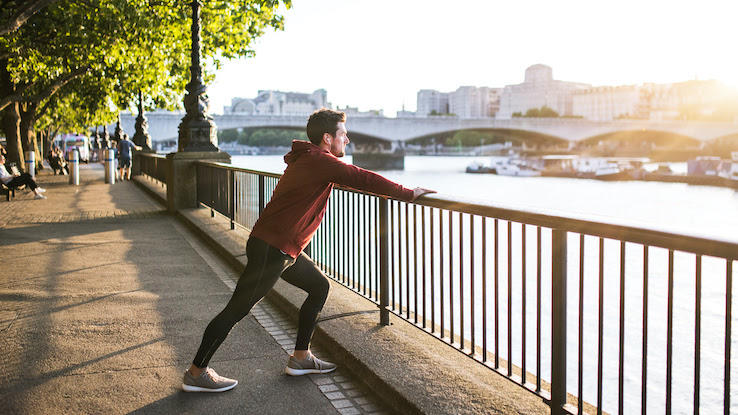
Your calf muscles are located along the back of your lower legs below your knees. To stretch these muscles:
- Stand at arm’s length away from a wall or other sturdy structure. Place both of your palms flat on the wall.
- Place your right foot behind your left foot. Your right foot should be about as far back as it can go while keeping both heels on the floor.
- Gently bend your left knee forward. Both of your legs should remain facing ahead, and both heels should be on the floor.
- Keeping your back straight and your hips forward, hold the stretch for about 30 seconds.
- Switch legs and repeat.
Quadriceps Stretch
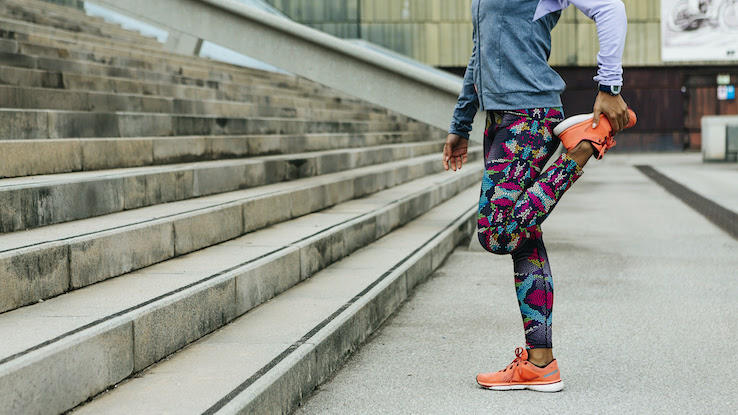
The quadriceps are the muscles along the front of your thighs. To stretch these muscles:
- Stand at arm’s length away from a wall. Place your left hand flat on the wall.
- Bend your right leg up behind you. Grab your right ankle with your right hand.
- Gently pull your right leg towards your buttocks. Both of your legs should remain facing forward.
- Keeping your back straight and hips forward, hold the stretch for about 30 seconds.
- Switch legs and repeat.
Hamstring Stretch
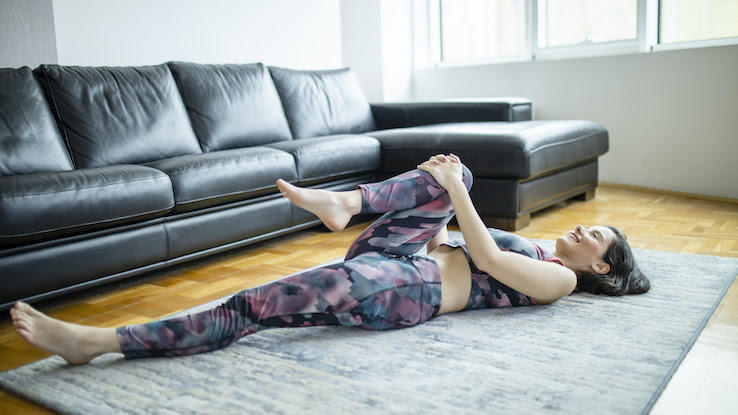
Your hamstrings are the muscles along the back of your thighs. To stretch these muscles:
- Lie flat on your back on a floor mat or another comfortable surface.
- Pull your right leg up towards your body, keeping this knee slightly bent.
- Grasp your right leg behind your thigh with both hands. Gently pull until your leg is positioned at a 90-degree angle to the floor. If you can, slowly straighten your knee during this step.
- Keep your back flat on the floor and your eyes facing up. Hold the stretch for about 30 seconds.
- Switch legs and repeat.
Lower Back Stretch
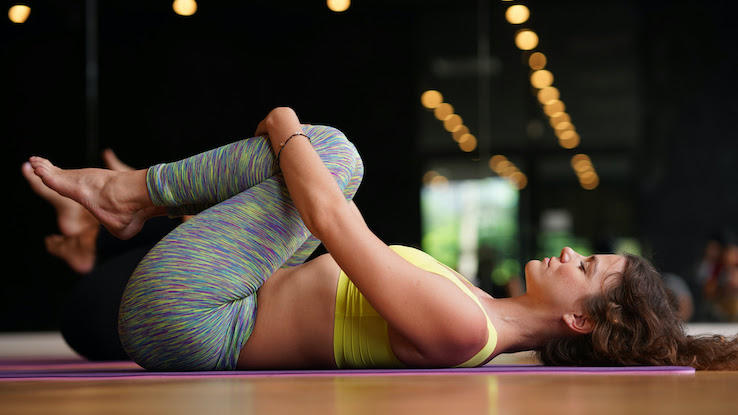
If you have back pain or a condition like osteoporosis, ask your doctor before trying this stretch for your lower back:
- Lie flat on your back on a floor mat or comfortable surface.
- Pull your right leg up towards your chest. This knee should be bent.
- Grasp your right leg in front of your knee with both hands. Gently pull it towards your chest.
- Keep your back flat on the ground and your eyes facing up. Hold the stretch for about 30 seconds.
- Switch legs and repeat.
Upper Back Stretch
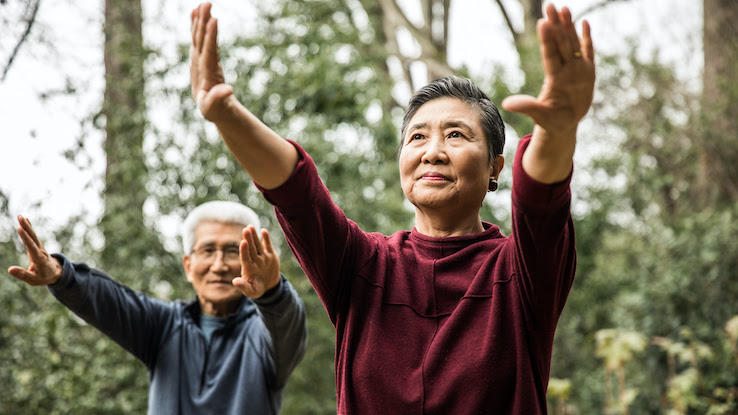
As with the lower back stretch, you should ask your doctor before trying this stretch if you have back pain or a condition like osteoporosis. To stretch your upper back:
- Stand with your feet shoulder-width apart.
- Hold both arms out in front of you, parallel to the floor.
- Gently pull your shoulder blades together. Bend your elbows as you bring your arms back into the stretch.
- Allow your arms to continue pulling back slowly. Hold the stretch for about 30 seconds.
Piriformis Stretch
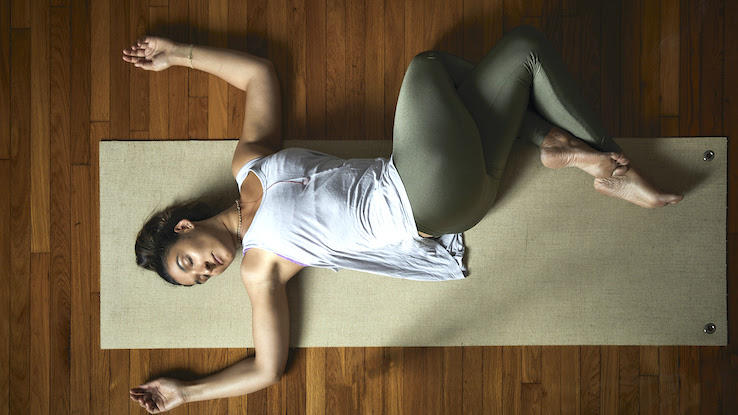
Your piriformis muscles are located on the outside areas of your buttocks near your hips. To stretch these muscles:
- Lie flat on your back on a comfortable surface.
- Bend your right knee and bring it halfway towards your chest.
- Grasp your right leg at the knee with your left hand. Gently pull your right knee towards your left shoulder.
- Keep your back flat on the ground and your eyes facing up. Hold the stretch for about 30 seconds.
- Switch legs and repeat.
Groin Stretch
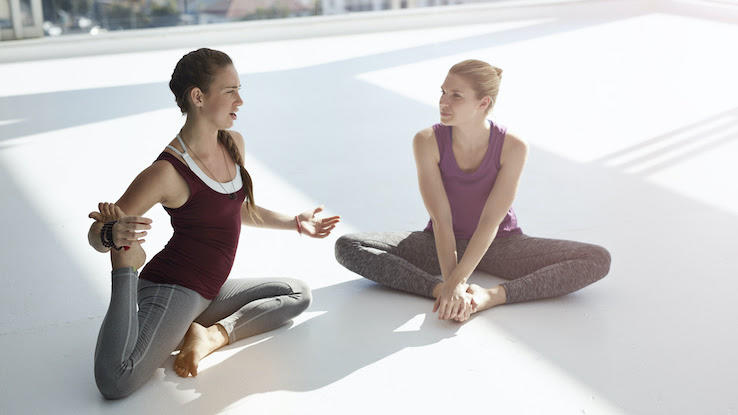
Your groin muscles are located on the upper insides of your thighs. To stretch these muscles:
- Sit on the ground with your back straight.
- Bend your legs so the soles of your feet are flat against one another. Try this with your knees slightly raised off of the floor.
- Hold your feet in place with one hand on each foot.
- Gently lower your knees towards the floor. Hold the stretch for about 30 seconds.
Tips for Building Flexibility With Stretching
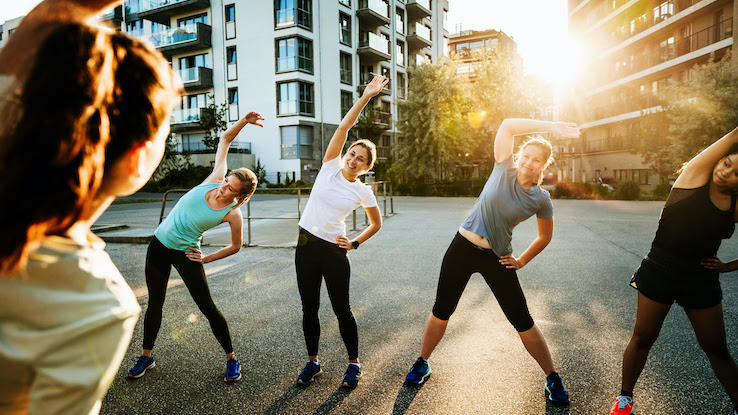
Want to get even more out of your regular stretching? These tips can help you make the most out of your new routine. They’ll also help you achieve your goal of improving your flexibility. Keep the following in mind:
- Stretch at least three times per week. Try not to get out of the habit of stretching regularly. You could lose the range of motion you’ve built up.
- Talk to your doctor about how to stretch any areas that might cause issues, such as painful joints or muscles where you’ve had a previous injury.
- Warm up with a light jog or ride on a bike for about 10 minutes before you stretch.
- Don’t bounce or push your muscles to the point of pain while you stretch.
- Hold each stretch for about 30 seconds.
- Remember to exhale as you stretch.
Resource Links:
“Stretches for Exercise and Flexibility,” American Heart Association
“Slide show: A guide to basic stretches,” Mayo Clinic
“Exercises and Stretches – Ergonomics,” National Institutes of Health, Division of Occupational Health and Safety





